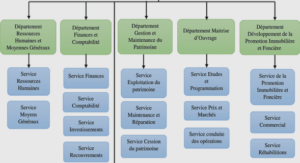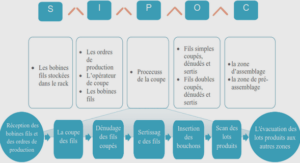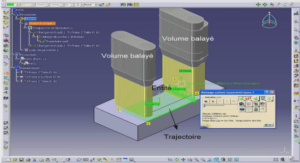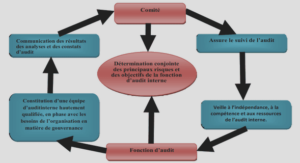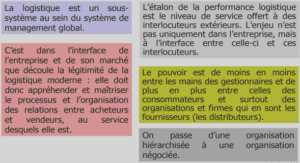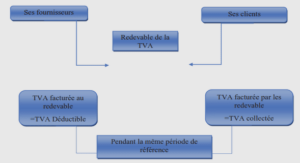Current state of knowledge
Solar ultraviolet radiation and dissolved organic matter
Ultraviolet radiation designates short-wave electromagnetic radiation adjacent to the visible spectrum and can be artificially divided into three major wavebands, i.e., UVC (200–280 nm;), UV-B (280–320 nm), and UV-A (320–400 nm) (Cockell and Knowland 1999). UV-C is completely absorbed in the stratosphere and does not reach the Earth’s surface. Of the remaining UVR, the highly energetic shorter wavelengths have a higher capability of causing biological damage. Such negative effects include DNA damage, inhibition of photosynthesis, production of ROS, and other harmful physiological responses (Cockell and Knowland 1999; Rautio and Tartarotti 2010). UVR-induced damage occurs either directly by altering molecular configuration (e.g., thymine dimerization in DNA) or via the photochemical generation of reactive oxygen species (ROS), which in turn damage lipids, proteins, and DNA (Rautio and Tartarotti 2010; Burritt and Lamare 2016). In the water column, the attenuation of UVR depends mainly on the concentration of dissolved organic carbon (DOC) and the absorptivity of its chromophoric fraction (CDOM, colored dissolved organic matter) (Morris et al. 1995; Sommaruga 2001).
Aquatic organisms need to balance their life strategies to minimize at the same time hazardous effects of UVR (tissue damage, reduced fertility, death) and the cost of photoprotection (e.g., reduced photosynthesis and slower growth when staying in a depth refuge; elevated susceptibility to visual predators when accumulating pigments). Strategies to minimize the negative effects of UV radiation have evolved on three levels (Cockell and Knowland 1999; Sommaruga 2010): avoidance of UVR exposure, limiting effects of UVR through photoprotective compounds, and repair of UVR-induced damage by cellular repair mechanisms.
To avoid UV exposure, zooplankton such as Daphnia (Rhode et al. 2001) and some copepods (Alonso et al. 2004) show radiation-dependent vertical migration behavior on a diel basis, thus using the water column and dissolved substances as a sunscreen (Cockell and Knowland 1999). In habitats with low DOC concentration or shallow lakes with important wind–driven mixing, zooplankton might not be able to avoid hazardous radiation intensities, and thus rely on the accumulation of photoprotective compounds (PPCs) (Hylander et al. 2009; Rautio and Tartarotti 2010). Some of these compounds such as melanin and mycosporine-like amino acids (MAAs) directly screen UV radiation, while carotenoids protect the cell indirectly by quenching reactive oxygen species (Cockell and Knowland 1999).
Future tendencies of UVR exposure in aquatic systems are subject a variety of counteracting effects (Häder et al. 2015). It is now clear that the Antarctic ozone layer has been recovering since the turn of the century (Solomon et al. 2016). As a result of climate change, CDOM concentrations in inland waters are expected to increase, causing stronger attenuation of solar UVR in the water column (Häder et al. 2015). These reductions in underwater UV irradiance are counteracted by shorter period of ice cover leading to earlier exposure to high UVR levels in spring (Häder et al. 2015). Thus, in temperate lakes the period of UVR exposure is likely to increase while at the same time the dose rate decreases.
Carotenoids and fatty acids in freshwater pelagic crustaceans
Carotenoids are a class of isoprenoid lipids typically consisting of 40 carbon atoms with alternating double bonds. These lipid-soluble pigments are synthesized by primary producers and are often accumulated at higher trophic levels (Andersson et al. 2003). Copepods may transfer carotenoids to their eggs together with other components such as lipid and protein reserves (Hairston 1979b; Łotocka et al. 2004).
The major carotenoid in copepods is astaxanthin (Andersson et al. 2003; Łotocka et al. 2004). This carotenoid is only present in some phytoplankton species and thus in most systems has to be converted from precursor carotenoids such as β,β-carotene, zeaxanthin and potentially lutein (Matsuno 2001; Andersson et al. 2003; Rhodes 2006). In copepods, a large portion of the total astaxanthin may form mono- or diesters with one or two fatty acids, respectively (Matsuno 2001; Sommer et al. 2006). The ratio of free versus esterified astaxanthin can vary significantly between developmental stages (Łotocka et al. 2004). Astaxanthin esters have been suggested to be accumulated within the lipid storage to counteract lipid peroxidation and thus prevent degradation of fatty acids (Sommer et al. 2006). Carotenoids may also protect copepods against oxidative stress produced during an immune response (van Der Veen 2005) .
INTRODUCTION |

